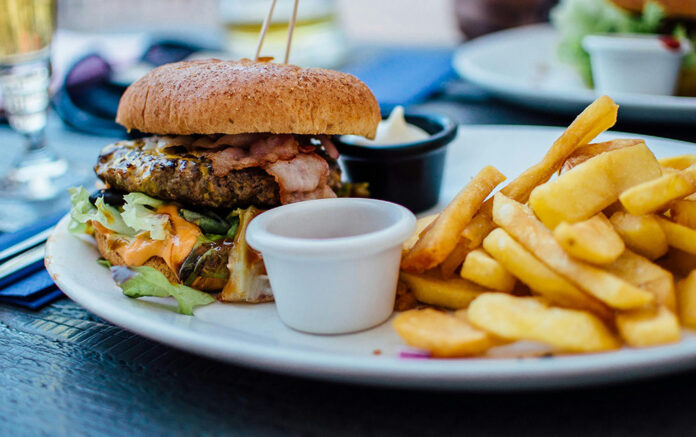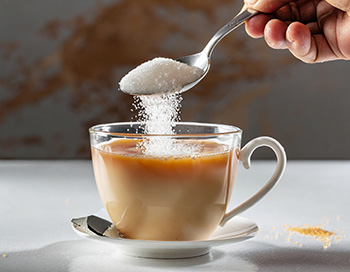The process of creating cultivated meat is similar to brewing beer, but instead of growing yeast or microbes, cells from livestock are multiplied in the lab. Under anaesthetic, a .5 gram segment, approximately the size of a peppercorn, is taken.
From here the real ‘magic’ happens under highly controlled conditions, according to Netherlands based Mosa Meats. From one biopsy as many as 33,000 myosatellite cells can be developed, enough to produce up to 80,000 burger patties.
The future development of lab meats was discussed at a co-sponsored CNN health event in Ju Venki Ramakrishna ne last year and was also the subject of a recent article where lab meat producers were positively showcased as potential environmental saviours – the ethical answer to animal cruelty.
At this point, most of the lab meat companies are still working on scaling up production. Of course, as the problem of scale is solved so does the challenge to traditional animal farming increase. By 2030 Israel-based Believer Meats (formerly Future Meat Technologies) expects to produce burger patties for around $2.30 to $4.50 apiece.
On December 7 last year, Believer broke ground on the largest cultivated meat production facility in the world with its first commercial premises based in Wilson, North Carolina. Once operational, the company says, this 18,580 square metre facility will have the capacity to produce at least 10,000 metric tons of cultivated meat annually and will cover their needs for decades to come.
Its state-of-the-art facility will feature an R&D and innovation centre, a contemporary kitchen to host tastings, as well as offices and conference room spaces.
The jury is out on where the cultured meat market will go. Some traditional growers might argue that meat from a lab is just meat from a lab – grass-fed Wagyu beef is completely different, or so the marketeers say. The issue here is not so much the debatable difference between the two but the price point.
When it comes to eating flesh, human beings are suckers not only for the cheap deal but the super expensive one as well – think Fugu (puffer fish) in Japan for instance.
And then of course, what about human flesh? Yes, it has actually been discussed!1 Even T. Colin Campbell in his book The China Study, notes that human flesh is the most efficient provider of “the building blocks for our replacement proteins,” but, he goes to great lengths to prove why plants are still better for us.
Still, if you can get yourself over the “absolutely yuk factor” it might only depend on what a lab meat company sees as a worthy commercial opportunity and what you are prepared to pay to put a piece of Kim Kardashian on your plate.






